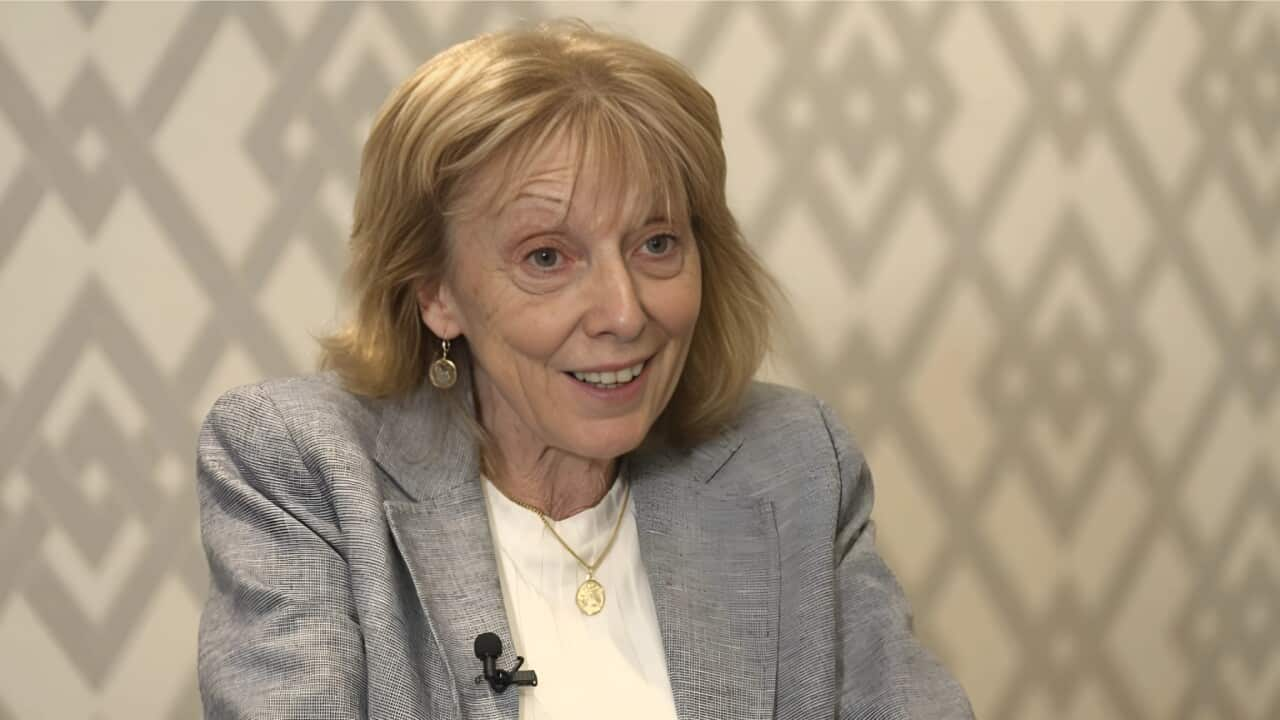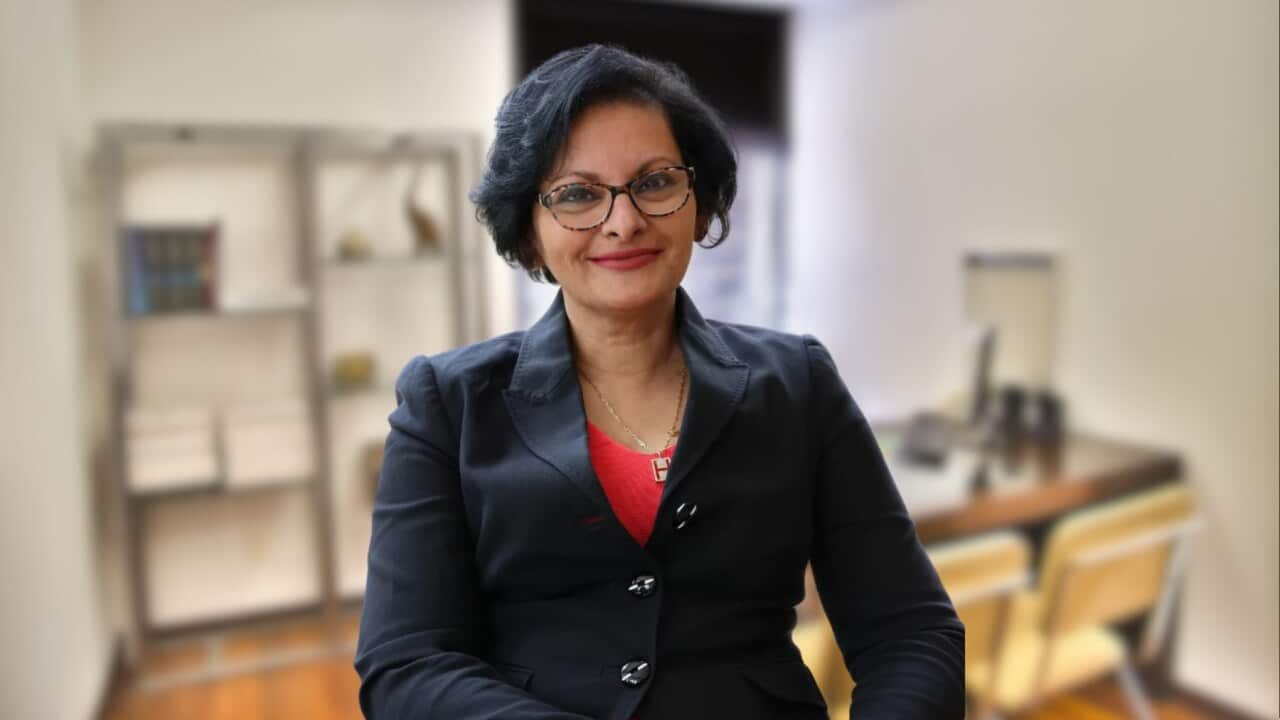TRANSCRIPT
Every four minutes, someone in Australia is admitted to hospital for a head injury.
A new report by the Australian Industry of Health and Welfare found over 140,000 cases were admitted to hospital during 2020 to 2021.
During that time, injuries to the head accounted for more than 400,000 emergency department presentations and over 2,000 deaths.
Dr Heather Swanston is the spokeswoman for the Australian Institute of Health and Welfare and says there needs to be greater awareness around the issue.
"We saw that head injuries made up in that year, 2020-21, head injuries made up 21 per cent of all injury emergency department presentations, about a quarter of all injury hospitalisations and 17 per cent of all injury deaths."
The report found the key causes of head injuries were falls, transport accidents and assault, followed by suicide.
And those most likely to be hospitalised for a head injury tended to be males, children, people over the age of 65, First Nations people, and people living in rural or remote areas, or areas of greater socioeconomic disadvantage.
Associate Professor at the University of Queensland's Brain Institute, Fatima Nasrallah, says these findings fit with the landscape of patients they see.
"A lot of the brain injuries are due to falls, mostly in the older population, and this is quite common from what we see. We see a lot of motor accidents, transport injuries that come in as well. A lot of the moderate to severe are probably more motor vehicle accidents compared to concussions which is more sports-related."
In 2020 to 2021, one quarter of all concussive hospitalisations happened while people were playing sport.
Cycling accounted for the highest number of sports head injury hospitalisations for males, and equestrian activities for females.
In countries like the United States, for example, heading soccer balls is banned for children aged 10 and under.
And the United Kingdom has conducted similar trials for children aged 12 and under.
Ms Nasrallah says Australia needs to follow suit.
"While we have policies and guidelines in place for the professional, amateur players, you'll find that at the community sports level we really have no policy and guidelines about how we need to manage concussions at the children's level, community sports grassroots level. There are specific policies and guidelines that need to be put in place, and I think that's very important, especially in children, where we have - the brain is still developing. It's very vulnerable to injuries, because it's developing on a specific trajectory and any alteration of the trajectory can alter how a person is going to be in five years or 10 years."
The age-standardised rate of head injury hospitalisations increased by an average of about 1.4 per cent each year from 2017-18 to 2020-21.
The Institute's Dr Heather Swanston says there was a slight decrease to these figures during the COVID-19 pandemic.
"There was a bit of decline in 2019-20, as we all know, due to, most likely, to the impacts of COVID where there was a large reduction in social interaction. And then after that, the rates of head injury hospitalisations went back up. They reached 6.7 per cent in 2020-21, which is slightly higher than they were prior to COVID."
Professor Nasrallah says even now, many injuries go unreported.
"Especially for example in mild concussive injuries, where there's not an immediate need for you to go to the hospital, there's a lot of under-reported injury because people just don't go to the hospital, so I think it's very important that this information is reported on. I think it's very important that we're seeing how the different types of injuries fall into different categories."
She says a multifaceted approach is required from schools, communities and from a funding perspective.
"We're doing a study with Synapse, which is a brain injury research organisation for Aboriginal and Torres Strait Islander people, where we're going to schools and educating them about brain injury; these are secondary and elementary schools. I do think a lot more funding needs to be put into this area just because, while we look at stroke or Alzheimer's disease which is probably 50 or 60 years ahead of us in terms of understanding the biology of these conditions, we don't understand much about TBI (traumatic brain injury), we don't understand what the pathological mechanisms are, where we need to find targets to develop the therapies and what therapies work and that is contingent on funding."
Dr Heather Swanston says the evidence in this report will be provided to policy makers, clinicians and public health experts with the hope of helping them take the next steps in their work, with a particular focus on prevention.













